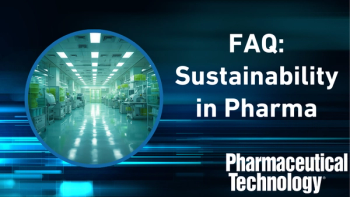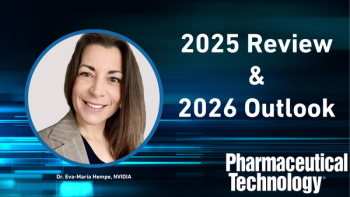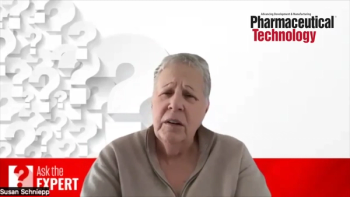
The Need for New Bioanalysis Technology (AAPS PharmSci 360)
Matthew Lauber, senior director—Cell and Gene Therapy, Consumables & Lab Automation, at Waters Corporation highlights the company’s motivation behind their new bioanalysis kit for oligonucleotides.
“You might be familiar with Waters. Waters is a specialty instrument company focused on making analytical measurements, and with this analytical science, our team has been studying what would be needed to help improve the quantitation reliability and robustness quantitation of synthetic oligonucleotides from biofluids,” says Matthew Lauber, senior director—Cell and Gene Therapy, Consumables & Lab Automation, Waters Corporation in an exclusive interview with Pharmaceutical Technology® at AAPS PharmSci 360.
Traditionally, Lauber says, improving such analytical techniques has been done by liquid–liquid extraction, which is often involved in the use of toxic chemicals such as chloroform and phenol, which are iteratively used for liquid–liquid extraction. These techniques involve laborious procedures, but, today, people in labs are wanting to have a safer environment and to move toward greener chemistries, he emphasizes.
“What we've devised here [with Waters’ new bioanalysis kit] is an approach that takes advantage of enzyme technology, or recombinant proteinase K, that will act upon the protein composition of any biofluid or tissue sample. So, this rapidly degrades protein composition, and this helps us work against what was designed in the oligonucleotide for its pharmacology effects,” Lauber states. He further explains that oligonucleotides with lipid modifications and backbone modifications are designed to bind to proteins, but that action is essentially an interference on the quantitation assay.
“Secondly, after a rapid digestion of all the proteome, we can take the sample and load to a mixed-mode SPE (solid phase extraction) procedure, and this is a specially tuned type of chemistry, where we bind the washing of the glue and the resulting sample; we produce something that gives high recovery, high yield of the oligonucleotide drugs and their metabolites,” Lauber continues. “This facilitates, directly, a direct injection into an LC–MS [liquid chromatography–mass spectrometry] experiment where triple quad mass spectrometry can be used for very sensitive analysis of the sample. This produces a PK/PD [pharmacokinetic/pharmacodynamic] curve. You can also give information on, of course, half-lives and the metabolites of disease,” he concludes.
AAPS PharmSci 360 ran Oct. 22–25 in Orlando, Fl.
View Lauber’s video interviews about
Newsletter
Get the essential updates shaping the future of pharma manufacturing and compliance—subscribe today to Pharmaceutical Technology and never miss a breakthrough.




